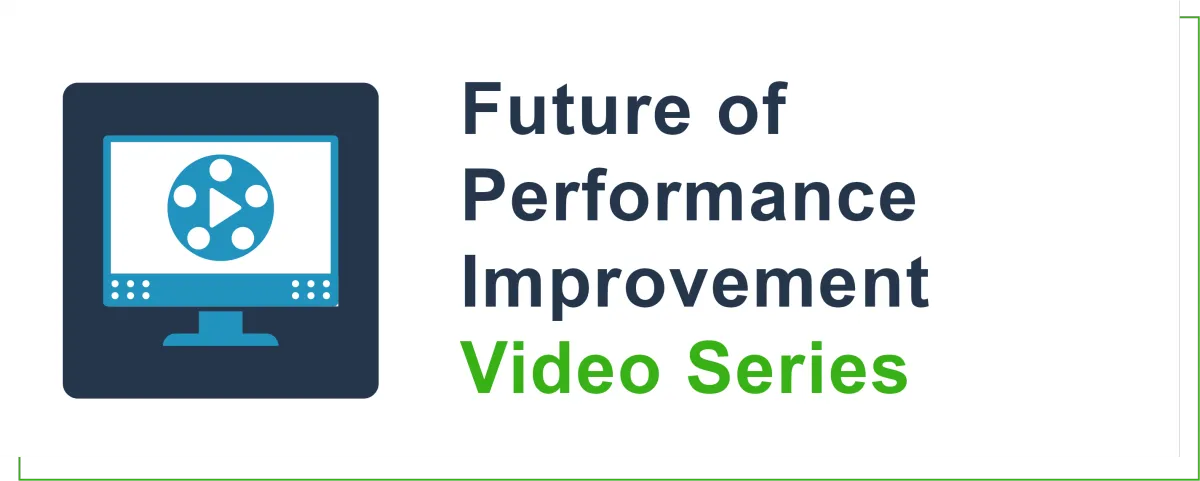
Video 1- What is "Human Performance"?
Video 2 – How are your metrics [actually] Influencing Human Performance?
Video 3 – What about all of the other things we’re [already] doing?
Video 4 – How can you get workers to do the “right thing” at 3:00AM when no one else is watching?
Video 5 – What’s wrong with demanding compliance?
Video 6 – What results can I expect if I focus on Human Performance
Click Here to access your very own ROI/Cost of Error Calculator
Video 7 – How do we show / demonstrate ROI?
Video 8 – How can I increase my ability to influence behaviors?
There is a very powerful model that has been used throughout history for influencing the behaviors of people. While the underlying psychology is quite complex, the strategy and use of this technique can be easily understood and mastered. In this video, Tim Autrey introduces the Individual Performance Model™. Once you understand the model and master its use, you can get another human being to do virtually anything you want them to do.
Click Here to access your very own ROI/Cost of Error Calculator
Video 9 – How can I get leadership support?
Video 10 – How can I get worker buy-in?
A survey recently made available to nearly 5,000 performance improvement professionals by the Practicing Perfection Institute, Inc. asked one simple question: “What is your greatest current challenge to improving [performance] within your organization? The second-highest cited issue was- getting worker buy-in. In reality, generating worker enthusiasm and support is much easier than most could imagine…when the proper approach is used. In this video, Tim Autrey discusses how the “old school approach” of demanding compliance is precisely NOT the way to generate worker support, and provides a simple effective alternative.
Video 11 – How can I get contractors to work to our standards?
In this video, Tim Autrey addresses an issue that offers substantial concern to many senior leaders and those responsible for outside contracts- how can you get supplemental workforce members, whether they are filling full time positions, or onsite for shorter term modification, maintenance or outage work, to perform with the same (or better) level of diligence as your in-house team members? Tim uses a story from his past to identify the key elements he used with more than 1,000 supplemental outage workers during a plant outage to achieve a four-fold reduction in human error rate.
Click Here to download the Transformation Conversation
Video 12 – What’s wrong with “pursuing excellence”?
The term “excellence”, while a great concept, is essentially undefined. By putting efforts into “Operational Excellence” and the “Pursuit of Excellence”, organizations are not providing workers with anything tangible to work toward, and are ultimately causing confusion. Confusion generates resistance because a confused mind says “NO”. In addition, adding the word “pursuing” or “pursuit” is the same as using the word “try”, which ultimately implies little (if any) true commitment. What should you use instead? Tim Autrey offers a much more tangible, definable, and ultimately powerful alternative in this video.
Click Here to download the Transformation Conversation.
Video 13 – How can I get workers to be more accountable?
You cannot hold another person accountable. Accountability is internal. This being so, how can you get workers to be more accountable? In this video, Tim Autrey identifies the steps you must take to draw a ‘line in the sand’ and generate exceptional levels of accountability within your organization.
Video 14 – How can I get employees to accept responsibility for their own safety and for the safety of their co-workers?
Workers already genuinely care about their safety and the safety of their co-workers. This being so, why is there a perception that they don’t? Further, why do accidents continue to happen, and what can be done to virtually eliminate the potential for serious injury on the job? In this video, Tim Autrey details how moving from a culture of ‘compliance’ to a culture of ‘desire’ lays the foundation for next-level worker behavior in all areas, and introduces four simple tools, which when used uncompromisingly, virtually eliminate the potential for worker injury caused by human error.
More information on the Error-Elimination Tools™ Handbook
Video 15 – Managing Risk: Safety is NOT Your Top Priority!
Safety (defined) is- freedom from risk or harm. Ever wonder why workers often scoff at the idea that safety is your company’s “top priority”? In truth, it’s because safety is NOT your top priority. If safety was your top priority, you would be doing the safest thing possible, which is…nothing! Of course, if you did nothing, your organization wouldn’t have reason to exist. Referring to safety as your “top priority” causes confusion, resistance, and even resentment on the front line. What’s a good alternative? This is what Tim Autrey explains in this video.
PPI Culpability Decision Tree 8.5″ x 11″ Download
Managing the Risks of Organizational Accidents by James Reasons
The Field Guide to Understanding Human Error by Sidney Dekker
Video 16 – How can I better understand (and objectively determine) culpability?
When is a worker “blameworthy” in the face of human error? What other factors should be considered? When is it appropriate to extend consideration of culpability to supervision, management, or aspects of your organization? In this video, Tim Autrey provides insight into the Culpability Decision Tree, including an offer for free download of a state-of-the-art Decision Tree Tool and associated user guidance.
PPI Culpability Decision Tree 8.5″ x 11″ Download
PPI Culpability Decision Tree 11″ x 17″ Download
Video 17 – Leadership, management, and supervision- how [should] it all fit together?
What are the true roles of “leadership”, “management”, and “supervision”, and how should they be synchronized to create a symphony of aligned effectiveness? These are the questions answered by Tim Autrey in this video. In addition, Tim highlights the “linchpin” of your organization (your front line supervisor) using data from the Accident Propensity Model. He also introduces a new definition of what it means to be a “leader”.
Video 18 – Who do you work for?
If you are at any level above the “front line” within your organization, chances are good that you do not do anything that directly generates revenue. This being so, who do you really work for? In this video, Tim Autrey lays out a mindset and a strategic approach, which when employed, will greatly multiply your effectiveness as a leader at any level within your organization.

2780 South Jones Blvd. Suite 3722
Las Vegas, NV 89146
Phone: +1 (702) 331-8391
Email: clientcare@ppiweb.com
